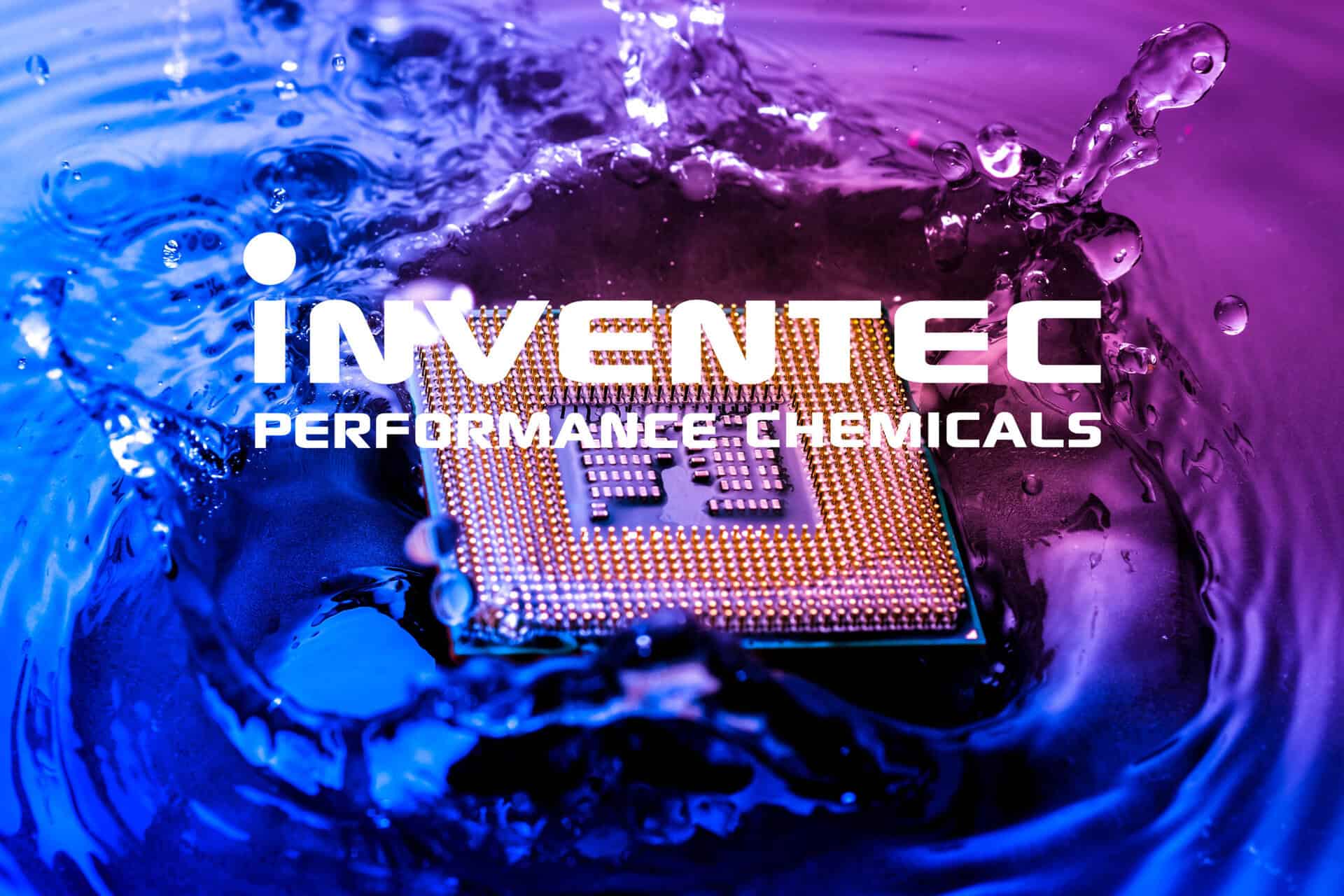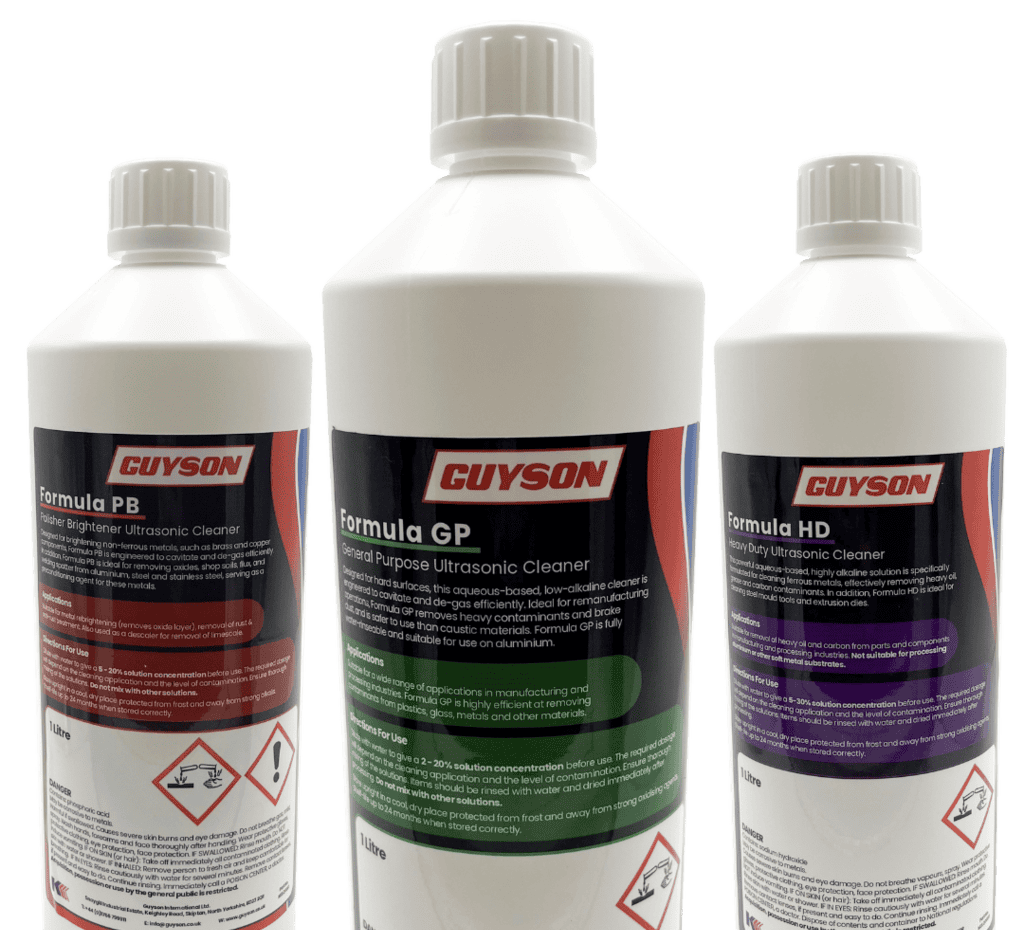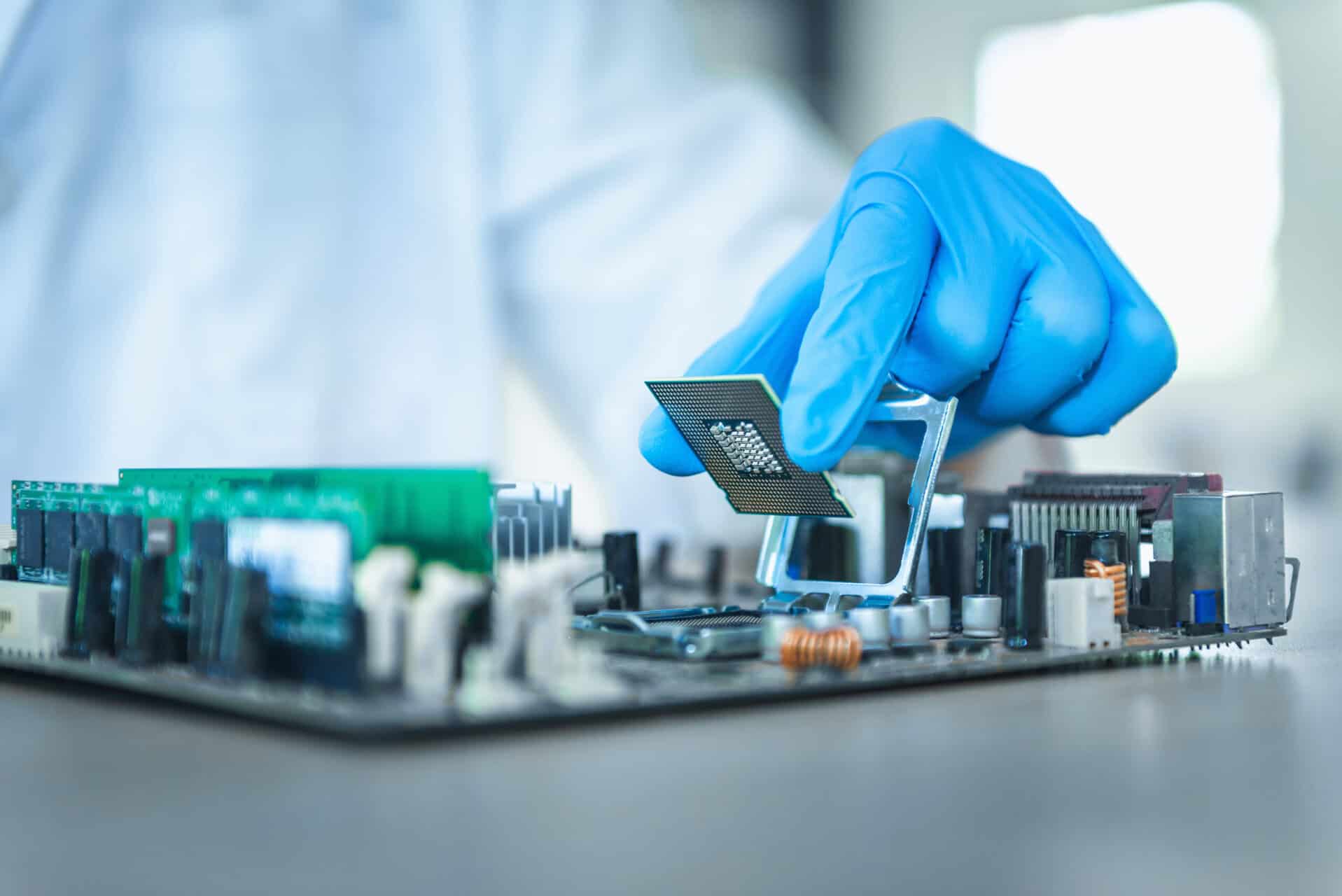- Manual Blast Machines
- Euroblast 2 - Manual Blast Machine
- Euroblast 4 - Manual Blast Machine
- Euroblast 6 - Manual Blast Machine
- Euroblast 7 - Manual Blast Machine
- Euroblast 8 - Manual Blast Machine
- Euroblast 9 - Manual Blast Machine
- Euroblast 10 - Manual Blast Machine
- Euroblast Plus - Manual Blast Machine
- Euroblast Specials - Manual Blast Machines
- Automated Blast Machines
- Automated Ultrasonic Cleaning Systems
- Ultrasonic Baths and Tanks










